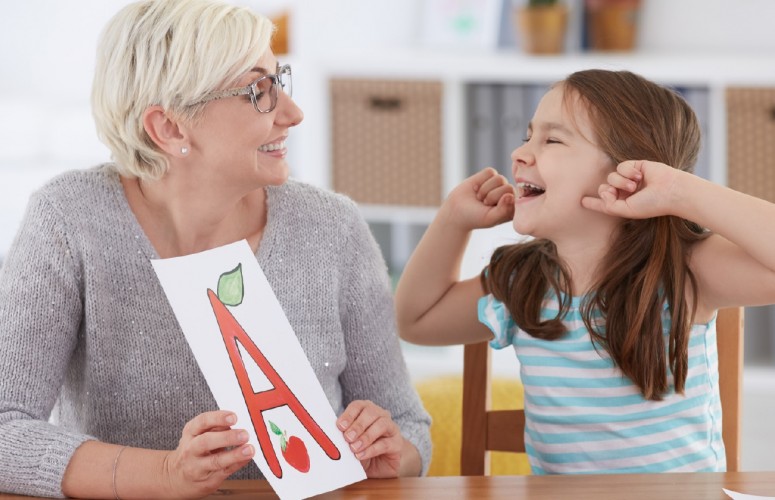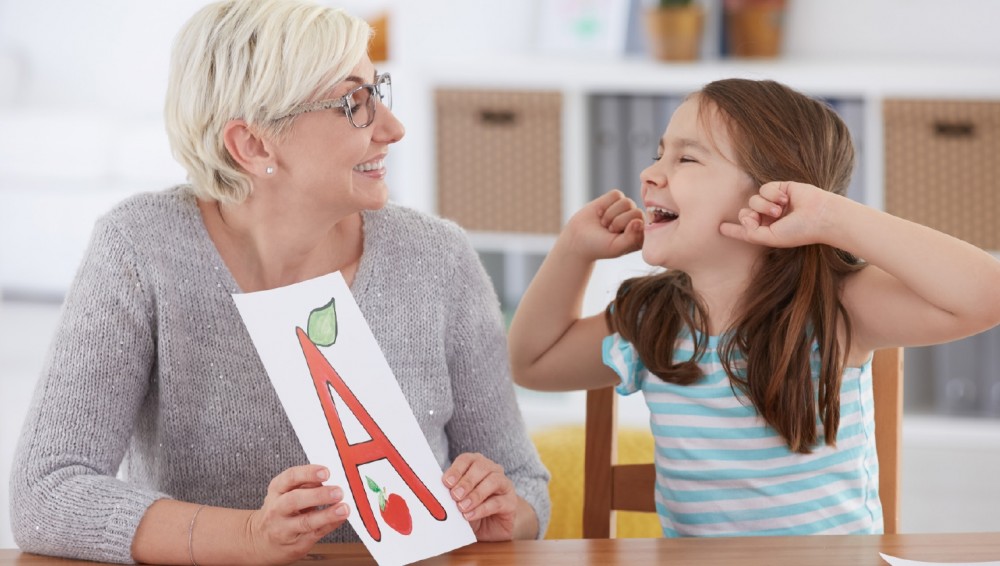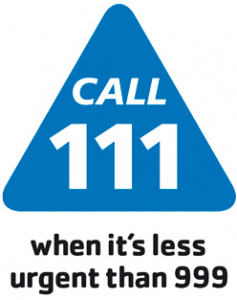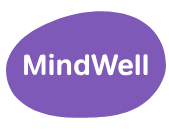In most cases, children’s language development follows a predictable sequence. Children develop language milestones at different rates. These are generally the typical ages and stages of expressive language development that we expect to see as children develop.
How grammar develops
STAGE 1 (9 months-1 year)
During this stage, babies will use approximately 50 single words in a similar way to sentences. This may be referred to something called “Holophrases” which are words that are used for a variety of functions such as commands, statements, questions and exclamations
Example: produces labels for familiar things: food, toys, animals, body parts, clothing’s, vehicles and household objects
STAGE 2: (1;6 months – 2 years)
During this stage, babies will use about 200 words to form 2-word sentences. They will be able to use words in the correct order to express a variety of functions such as questions or statements
Example: adjective and noun “red shoes”
STAGE 3: (2 years – 2;6 months)
During this stage, children will use simple 3-word sentences with correct word order. They will also be able to use a range of structures to convey a variety of function question, commands and statements
Examples: 3-word questions: “What you doing?” “where man gone?”
Word endings develop at this stage and beyond, there can be some differences in the order, however, this should all be present by the end of stage 5.
Examples: “ing” for running and jumping.
Regular plurals (girls, toys)
Simple regular past tense (I walked home)
STAGE 4: (2;6 – 3 years)
During this stage, children use 4+ words within a simple sentence structure. Consolidates and develops further word endings from stage 3.
Example: mummy’s cooking the dinner now
STAGE 5: (3 years-3;6 months)
Joins simple sentences (single clauses) to form compound and complex sentences.
Examples: connects clauses to make compound sentences using “and”, “then” and “but”
STAGE 6: (3;6 months – 4;6 months)
During this stage, children begin to develop more fluent use of sentence structures
Example; Reduction in most errors such as pronouns “her doing it”
STAGE 7: (beyond 4 years and 6 months)
During this stage, a range of grammatical processes continue to develop.
Example; joins multiple ideas using more complex sentences e.g. The cat’s stuck on the roof and the man’s going up a ladder to rescue it.
How children move from single words to combining words
Children can only begin to combine words once they have the vocabulary to be able to do so. Children first learn nouns (names of people, places or objects). To form sentences we use words that describe actions, positions, and characteristics.
Children also require:
- Social words (hello, bye bye)
- Requesting words (please, more, again)
- Verbs (pull, run, eat, sleep)
- Early pronouns (mine, me, you)
- Prepositions/location words (in, out, off)
- Adjectives and adverbs (small, cold, slow)
Be sure to use words to describe the things you see and do together. This way your child will hear a good range of words in everyday conversations.
The following are examples typical first words. Children can communicate a range of needs using these single words. These first words will be combined to develop more complex ideas.
Single word level
- People’s names: Mama, Mary, Mickey
- Food and drinks: Banana, juice
- Social words: Hi, bye-bye, thank you
- Animals: Doggy, kitty
- Toys: Ball, swing
- Vehicles: Car, trike
- A daily living activity: Bath, eat
- Clothing: Shoe, hat
- Body parts: Head, tummy
- Descriptive word: Hot, big, outside
- Actions: Go, up
Placing words in categories (combining words)
Another way to think about these words is to place them into categories based on their meaning. These categories are the foundation for word combinations. Young children use categories of meaning to build their phrases before they use sentences and grammar rules. Here are some examples of groupings using the categories above and other common categories:
- Agents: People, animals, toy characters
- Actions: Verbs including daily living activities and play
- Objects: Food and drinks, vehicles, furniture, clothing, body parts, toys
- Locations: Some descriptive words like “out” or “outside,” furniture, places
- Descriptors: Descriptive words like “hot” or “big”
- Social words: Greetings and other social ritual words like “thank you”
The words in these categories of meaning can be combined to create new and expanded meaning.
E.g., a single word like “cookie” expresses meaning that is different from “more cookie” or “my cookie” or “all gone cookie.” There are simple rules about how we combine words. The rules here are based on English word combinations, though other languages often have similar combinations at this phrase level. Here are some of the common rules with the addition of some new semantic categories.
Phrase level
- Agent + Action: Daddy go; dog bark; Mickey sing
- Action + Object: Throw ball; eat cookie; get shoe
- Object + Location: Dolly bed; cat chair; (garbage) truck outside
- Action + Location: Put couch; go outside; ride (to) park
- Modifier + Object: Hot soup; big ball; noisy toy
- Recurrence + Object or Action: More cereal; more swing; tickle again
- Negation + Agent, Object or Action: No juice; no Daddy (Daddy’s not home); no bath
- Social Words + Name: Hi, Mary; Bye-bye, Grandma; Thank you (teacher)
Rules/patterns for combining three words
- Agent + Action + Object: Mary threw ball
- Action + Modifier + Object: Throw big ball
- Action + Object + Location: Put pillow bed
- Negative + Action + Location: No go school
- Action + Recurrence + Object: Want more juice
Try Modelling and Expanding on what your child says. Repeating what your child says and adding words helps them to develop their talking. Over time, your child will start to use more words together.




